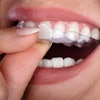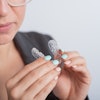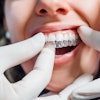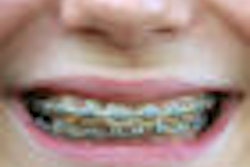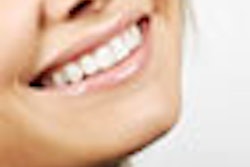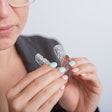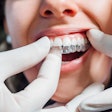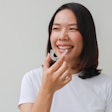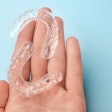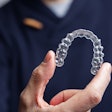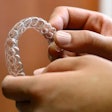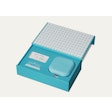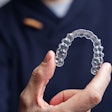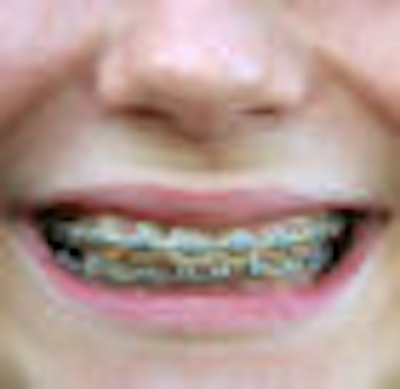
While orthodontic treatment has typically been linked to adolescence, more and more adults are seeking corrective treatment to achieve that perfect smile. In fact, there is a growing trend of parents and their children undergoing orthodontic treatment together, according to the British Lingual Orthodontic Society (BLOS).
According to a BLOS news release, orthodontists historically report seeing members of the same family, and those specialists who have stayed in the same neighborhood for many years have likely treated the teenage children and even grandchildren of their first patients. What's different today is that treatment is accessible for all ages.
“I can tell you anecdotally that this is a long-standing practice.”
— John Buzzatto, DMD, president,
American Association of
Orthodontists
Is the U.S. seeing a similar trend?
The American Association of Orthodontists (AAO) told DrBicuspid.com that it is not formally tracking the practice of parents and children having orthodontic treatment at the same time.
"However, I can tell you anecdotally that this is a long-standing practice," said John Buzzatto, DMD, president of the AAO. "I am also aware of grandparents/grandchildren having orthodontic treatment together."
There are a number of reasons behind this trend, he added. Some parents or grandparents appreciate the convenience of combined appointments with the orthodontist, particularly for adults who must take time off from work. In addition, some adults think that since their child is going anyway, it could be an opportunity to take care of their own problem at the same time.
"There truly are so many options for adult orthodontic treatment, and adults are often eager for an assessment of their own problems and how they might be treated when they bring their children to an orthodontist," Dr. Buzzatto said.
Powerful role models
Adults make excellent orthodontic patients because they are motivated and highly compliant, and they can be powerful role models for their children and grandchildren throughout treatment, Dr. Buzzatto noted.
And for many adults who have treatment with their children or grandchildren, they enjoy and appreciate the shared experience, he added. Also, it can be a time-saver if adjustment appointments for both patients are scheduled at the same time.
Many BLOS members are seeing this trend, according to Baz Parmar, BDS, chairman of BLOS. "It's the lingual braces which make the difference as they can be kept secret and can be worn by people of all ages," he stated in the press release.
However, Dr. Buzzatto pointed out that orthodontic appliances in general are much less conspicuous than they used to be, even compared with appliances in use when he was new to practice in the early 1980s. It is possible that the trend of less noticeable appliances may have been driven by adults' wishes to have treatment but who wanted their treatment to be as discreet as possible, he noted.
"That may have been a factor in the first generation of lingual appliances, which began to be used in the early 1970s," Dr. Buzzatto said. "Likewise, the introduction of ceramic brackets may have been motivated by adults asking for appliances that did not show."
Even today's standard brackets are comparatively tiny and much less obtrusive than brackets of a generation ago. And with the advent of clear aligners, adults have even more options that make orthodontic treatment a real consideration for them, he said.
Lingual braces are significantly more reliable than other straightening systems because buccal surfaces are considered to be more prone to caries than lingual surfaces, and lingual brackets are shaped to fit the morphology of the teeth and seal almost the entire surface, according to the BLOS.
Dr. Buzzatto agreed that lingual appliances can be very effective in achieving good occlusion for selected patients, but they can also be difficult to control, he noted.
Traditionally, some patients could not tolerate lingual appliances due to tongue discomfort, although current products seem to be less problematic than earlier versions, Dr. Buzzatto explained.
In addition, a 2010 study in the European Journal of Oral Sciences found that the number of white-spot lesions that developed or progressed on buccal surfaces was 4.8 times higher than the number that developed or progressed on lingual surfaces (June 2010, Vol. 118:3, pp. 298-303).
"The AAO has no statistics on white-spot lesions for lingual or labial treatment, but it would make sense that if there are no brackets on the labial, white-spot lesions would not form there," Dr. Buzzatto said.
